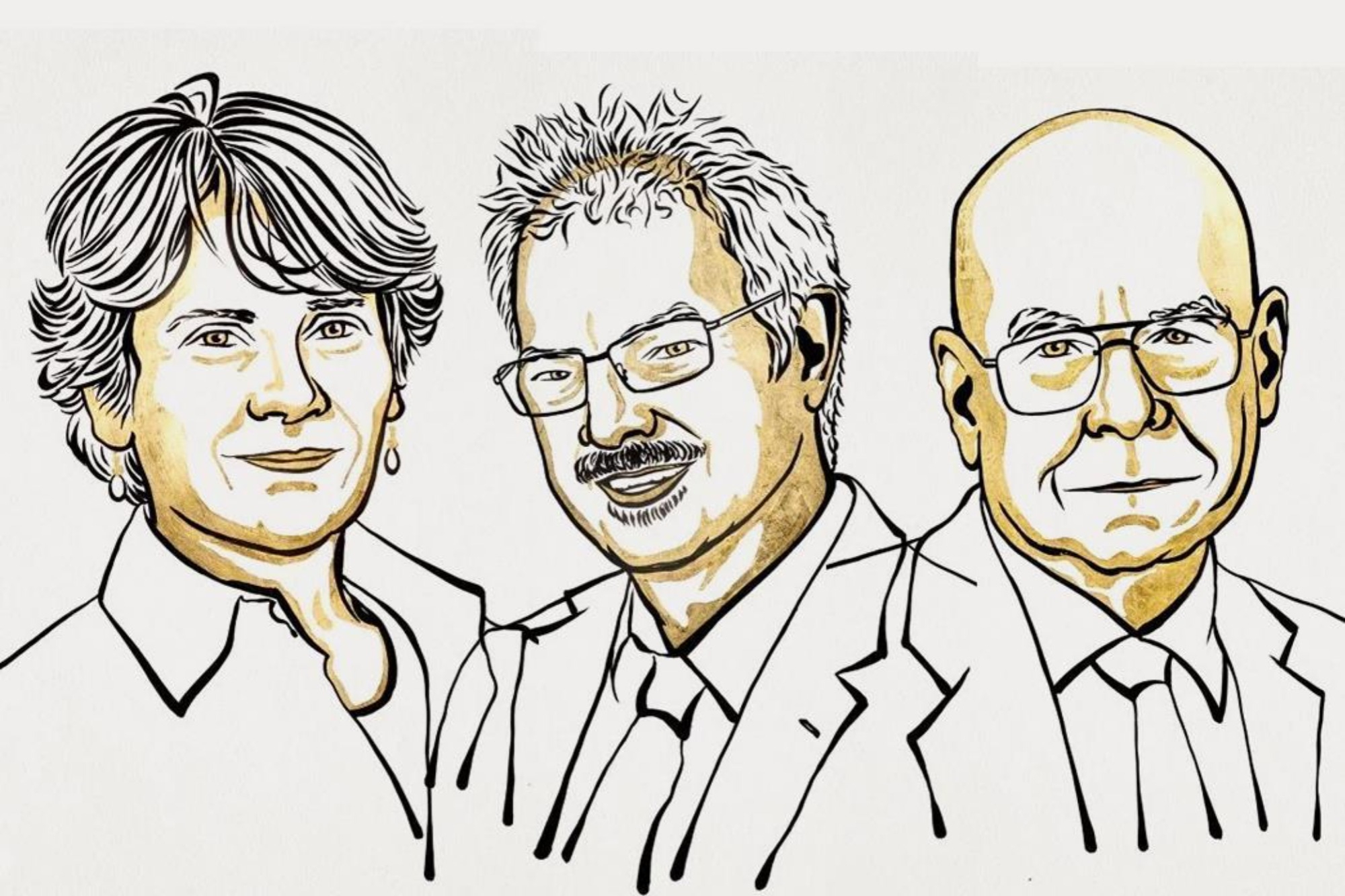

The 2022 Nobel Prize in Chemistry is all about “making difficult processes easier,” according to the judges. Earlier today, the 2022 distinction was awarded to a trio of chemists: Carolyn R. Bertozzi for her work in bioorthogonal chemistry and K. Barry Sharpless and Morten Meldal for laying the foundation for click chemistry.
“This year’s Prize in Chemistry deals with not overcomplicating matters, instead working with what is easy and simple. Functional molecules can be built even by taking a straightforward route,” said Johan Åqvist, chair of the Nobel Committee for Chemistry, in a press release.
This is the second chemistry Nobel for Sharpless, a professor at Scripps Research in La Jolla, California. He won the 2001 prize for his work on using catalysts that wouldn’t be consumed by an oxidation reaction where electrons were lost. This helped produce various types of medication.
About 22 years ago, he was credited with coining the idea of “click chemistry,” which is a form of reliable and simple chemistry where reactions occur quickly and avoid unwanted byproducts. He argued for a new and and minimalistic approach to chemistry, and for chemists to stop imitating natural molecules that are difficult to master and expensive to produce.
[Related: Quantum entanglement theorists win Nobel Prize for loophole-busting experiments.]
According to Sharpless, one stumbling block for chemists in developing these more simple reactions was the bonds between carbon atoms. These bonds are critical to the chemistry of life, as carbon is found in every organism. Generally, all biomolecules have a framework of linked carbon atoms that living things have evolved methods to create. However, producing them in labs has been difficult because carbon atoms from different molecules often lack a chemical drive to form bonds with each other and must be artificially activated. In the process of hacking them, the activation often leads to numerous unwanted side reactions and a costly loss of material.
Just as Sharpless was working on click chemistry in the early 2000’s, Morten Meldal from the University of Copenhagen and Sharpless separately presented what considered to be the crown jewel of click chemistry: the copper catalyzed azide-alkyne cycloaddition. This chemical reaction is “elegant and efficient,” the Nobel Committee stated, and is now utilized in the development of pharmaceuticals, mapping DNA, and more.
Meldal was originally developing methods for discovering new medicines and treatments in the lab. He built enormous molecular libraries and then screened them all to see whether any of them could block pathogens. Through these experiments, he found that copper ions had controlled the reaction to only form one product, leading him to discover the copper catalyzed azide-alkyne cycloaddition. He presented his finding as an example of how this reaction could bond together numerous different molecules; his results are now being used to help map DNA and develop new medicines.
[Related: Nobel Prize in Medicine awarded to scientist who sequenced the Neanderthal genome.]
In the following decades, Stanford University’s Bertozzi took the concept of click chemistry to the next level. She developed click reactions that work inside living things to better map important but elusive biomolecules that live on the surface of the cells called glycans. These bioorthogonal reactions occur without disrupting the normal chemistry of the body. The reactions she developed are now used around the world to explore cells and track biological processes. It has helped develop more targeted cancer treatments currently undergoing clinical trials.
Bertozzi began mapping a glycan that attracts immune cells to lymph nodes in the early 1990s, but it took four years to understand how the biomolecules functioned because there weren’t efficient tools to identify and understand them. After listening to a seminar, she wondered whether she could use a similar method of getting cells to produce an unnatural variant of sialic acid, one of the sugars that form glycans, with a chemical handle that had a fluorescent molecule attached to it. She theorized that this chemical handle could help her map the glycan. Through decades of work, Bertozzi explained that the reaction between the handle and the fluorescent molecule couldn’t alter the natural biochemistry of the cell. She officially coined the term bioorthogonal, or any chemical reaction that can occur inside of living systems without interfering with native processes. She has since used this process and the click chemistry processes developed by Meldal and Sharpless to study diseases and how biomolecules in the cell interact.
“Click chemistry and bioorthogonal reactions have taken chemistry into the era of functionalism. This is bringing the greatest benefit to humankind,” said the committee in a press release.
